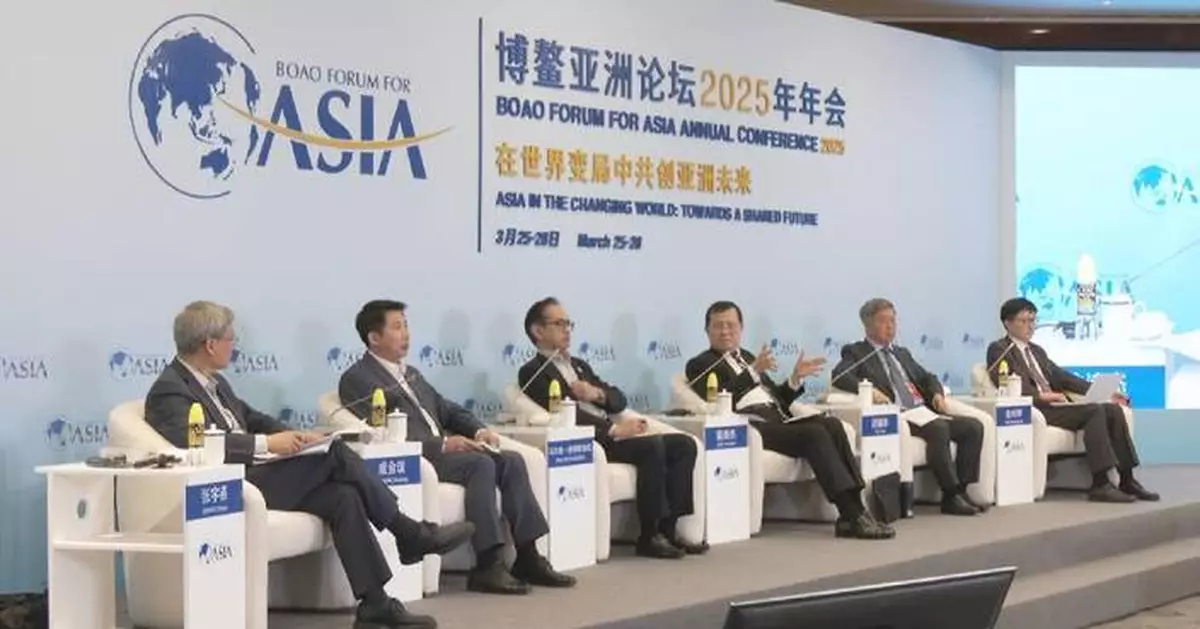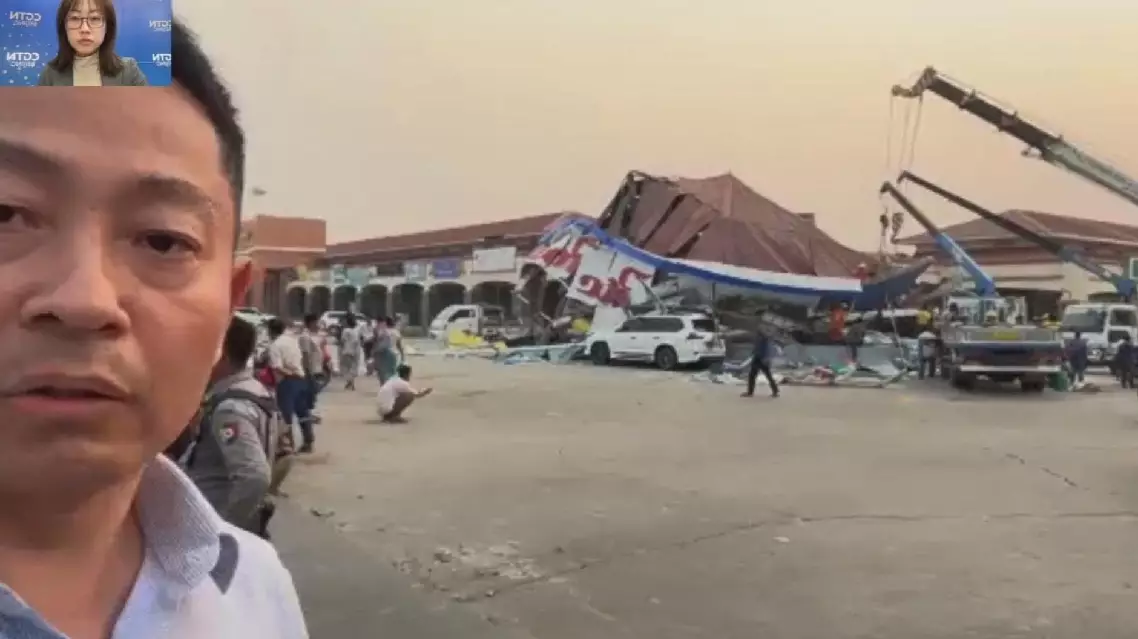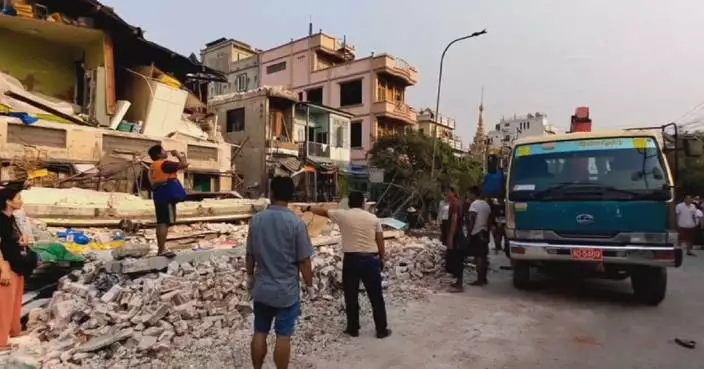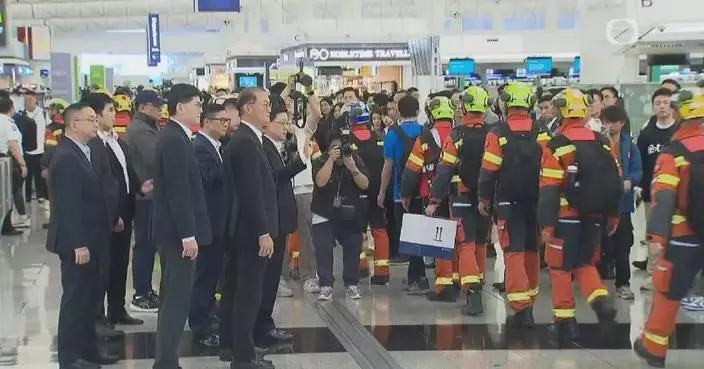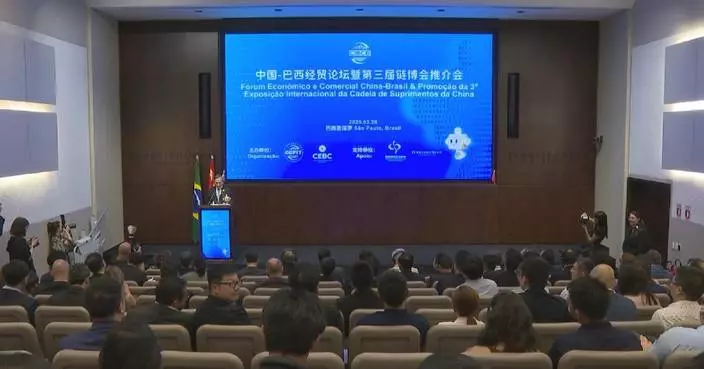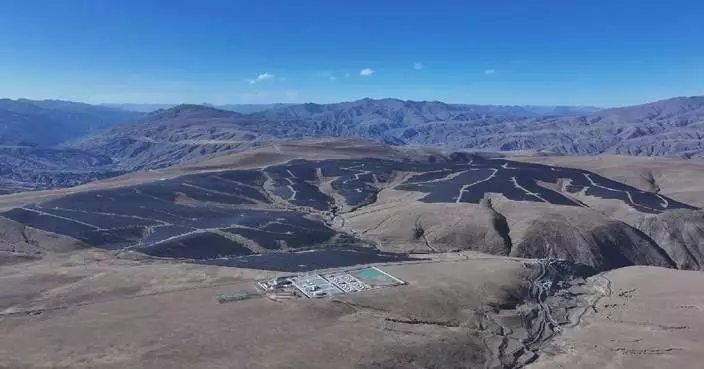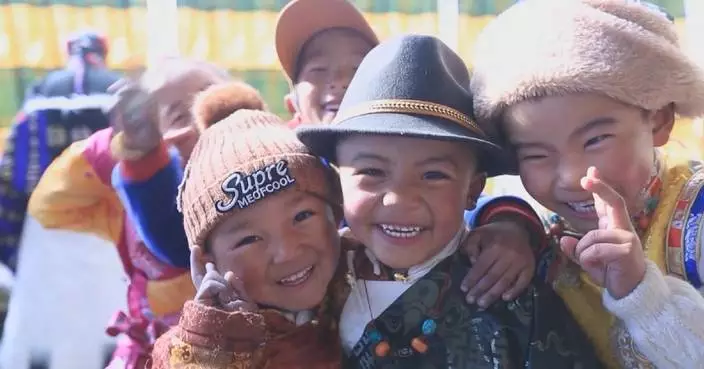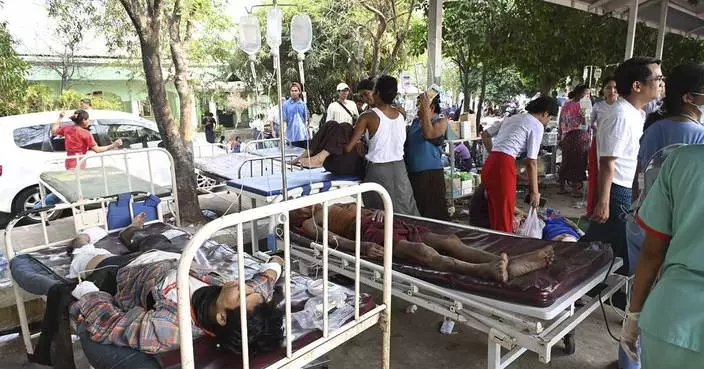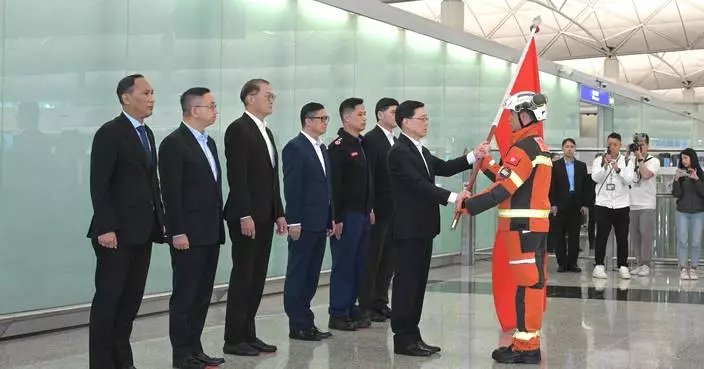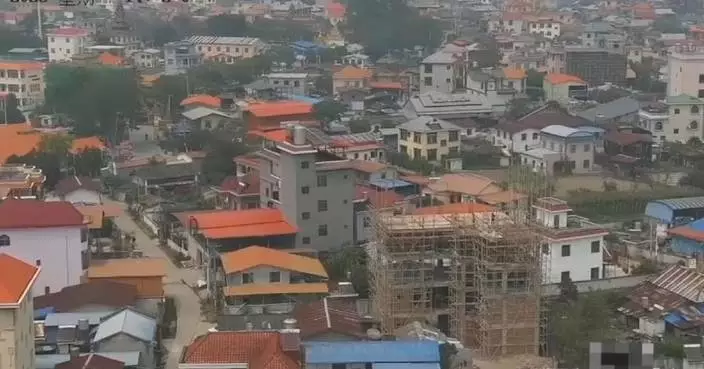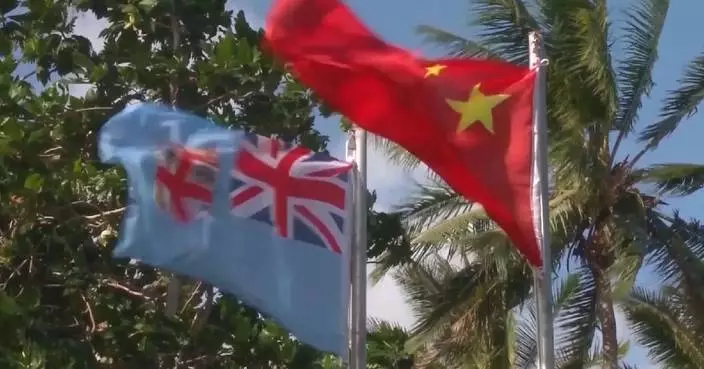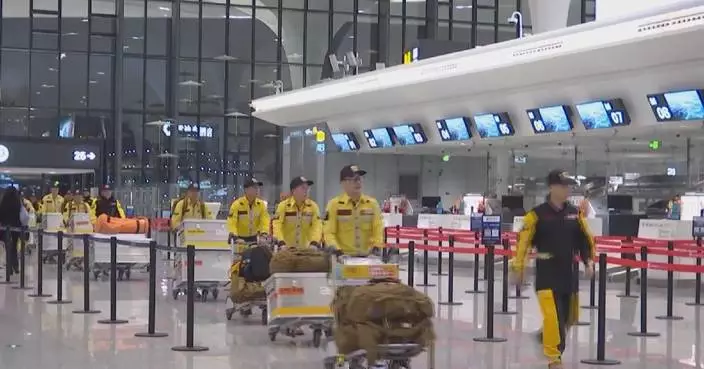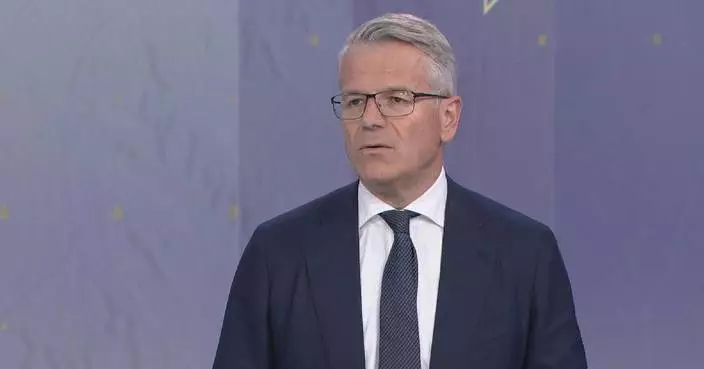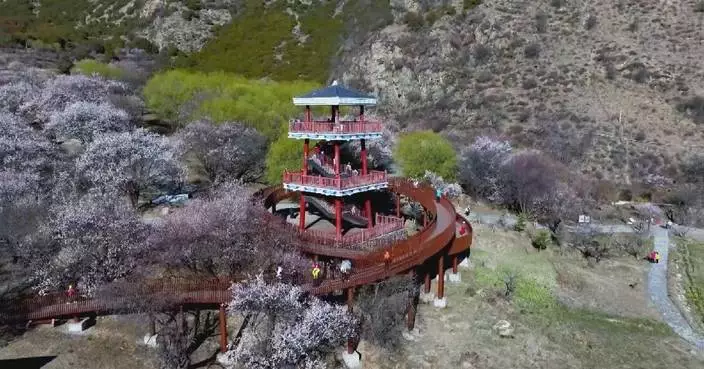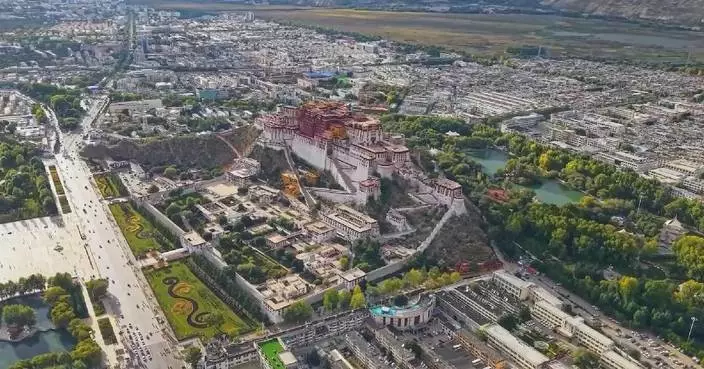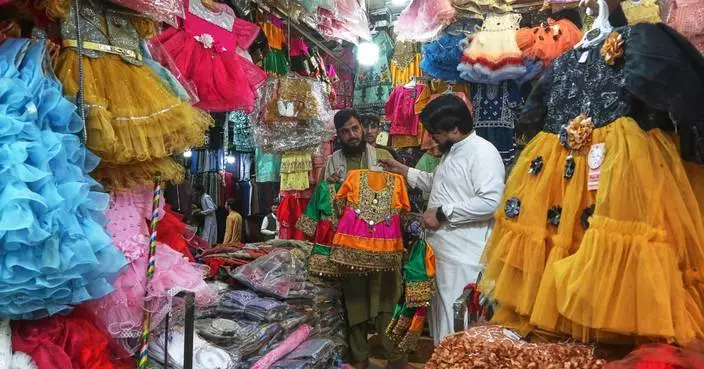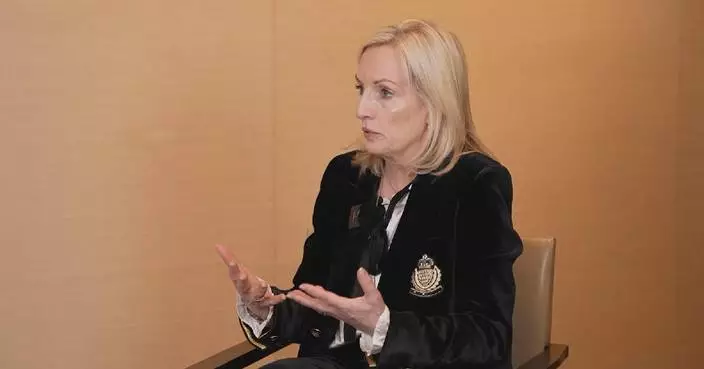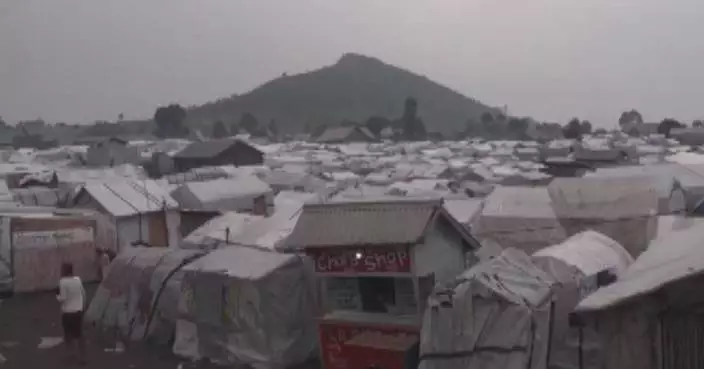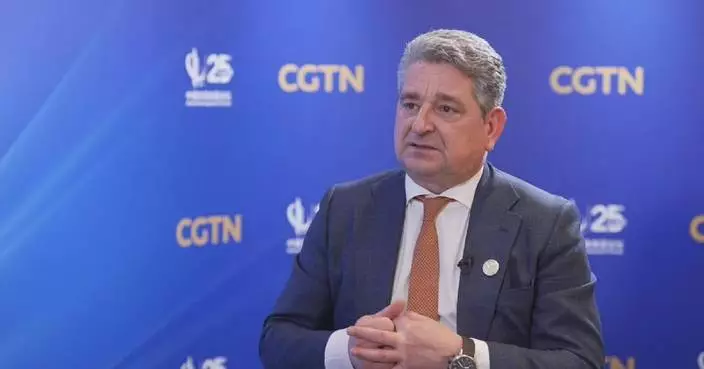Experts from member economies of the Regional Comprehensive Economic Partnership (RCEP) conducted in-depth discussions on how to further tap into the potential of this free trade agreement at the Boao Forum for Asia 2025 Annual Conference that opened in the town of Boao, south China's Hainan Province, on Tuesday.
Themed on "Asia in the changing World: Towards a shared Future", the four-day event has brought together nearly 2,000 attendees from more than 60 countries and regions to participate in more than 50 events including sub-forums and many bilateral events.
On Wednesday, a sub-forum was held, with attendees from China, South Korea and Cambodia sharing their views on opportunities that RCEP have brought to the region.
They agreed that over the past three years since the entry into effect of the world's largest free trade agreement, member economies have benefited a lot from this mega-trade pact.
"Since its official entry into effect, the RCEP has effectively reduced trade tariffs, promoted upgrading and integration of regional industrial and supply chains, as well as facilitated steady growth of regional trade and investment," said Zhang Yuyan, director of the Institute of World Economics and Politics (IWEP) with the Chinese Academy of Social Sciences (CASS).
As for the future development of the agreement, some experts pointed out that there is still cooperation space to be further exploited in many areas.
"[The RCEP] not only [extends] support to removing technical and non-technical trade barriers, but [also] goes to providing support in terms of capability -- production capability, processing capability, nurturing the infant industries in smaller economies. Now, we move to the inclusion and the support in areas of green technology, green trade, green investment," said Chheng Kimlong, president of the Asian Vision Institute of Cambodia.
Effective to the signatories as of January 1, 2022, the RCEP comprises 10 ASEAN member states, namely Brunei, Cambodia, Indonesia, Laos, Malaysia, Myanmar, Philippines, Singapore, Thailand, Vietnam, together with their five free-trade partners which are China, Japan, South Korea, Australia and New Zealand.
So far, Chile, Sri Lanka and China's Hong Kong region have all applied to join the RCEP. Experts believe that more economies should be included, which will bring additional chances for the members.
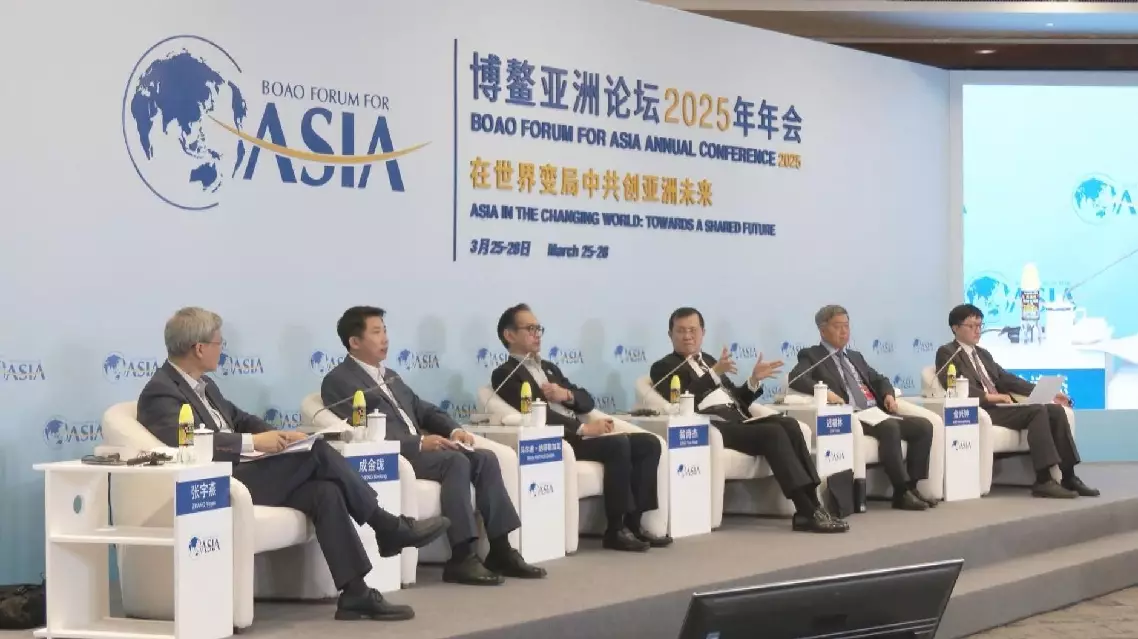
Experts discuss how to further unleash potential of RCEP at Boao Forum


